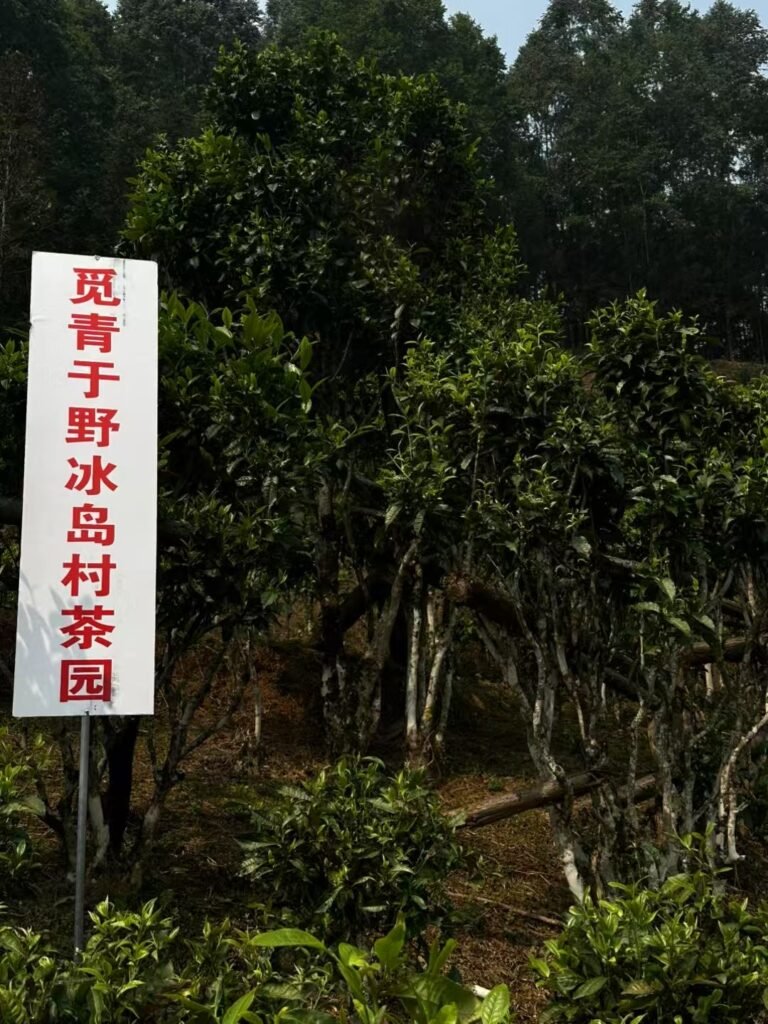描述
Origin & Ecological Environment


Appearance & Taste
- Dry Tea:The dry leaves have a pale silvery-white or brown color (with fine white fuzz on buds, a sign of quality), with a hint of fresh floral aroma and subtle honey sweetness.
- Tea Soup Color :The tea soup is a light golden liquid, crystal clear and luminous when held up to light.
- Flavor Characteristics:Bingdao White Tea undergoes gentle light fermentation (a key trait of white tea, different from full-fermented black teas), so there’s almost no bitterness or astringency. Unlike some strong-flavored teas, it offers a fresh, smooth taste with obvious natural sweetness—hints of fresh apricot, soft floral notes, and the unique “downy aroma” of tea buds unfold softly on the palate.

Brewing Guide
Warm the Utensils
Rinse the Gaiwan (lidded bowl), fairness cup, and tasting cups with boiling water to preheat the tools and remove any residual odor;
Measure Tea Leaves
Follow a 1:15 tea-to-water ratio (e.g., 5-7g tea with 100ml water) and add the dry tea leaves into the preheated Gaiwan;
Rinse the Tea
Pour boiling water over the leaves, then pour out the tea soup within 10 seconds (do not drink this batch) to awaken the tea’s vitality;
Formal Brewing
Add boiling water again, cover the Gaiwan, and steep for 15-20 seconds (increase steeping time by 5-10 seconds for subsequent brews). Then strain the tea soup into the Gongdao Cup;
Serve and Taste
Evenly pour the tea soup from the Gongdao Cup into tasting cups, and enjoy while hot to savor the tea’s layers and sweet aftertaste.
We follow the traditional way to make ancient tree white tea


Harvesting
We adopt professional standards and harvest only in spring, allowing ancient tea trees to fully accumulate nutrients and avoiding over-harvesting, which tends to weaken the trees. And we only harvest “one bud with one or two leaves” that have fine white fuzz (a sign of quality).
Withering
Spread the plucked leaves evenly on bamboo sieves in well-ventilated, shaded sheds. Let them lose moisture slowly by natural wind and mild sunlight.


Drying
Dry the withered leaves gently: either air-dry them in natural wind or use low-temperature (40-50℃) wood-fire drying.
Sorting
Remove small stems or broken pieces to ensure only high-quality leaves are used for the final tea.
Tea aging
About 357-gram Tea Cake
This classic weight standard originates from the traditional Pu-erh tea specification established in 1735. The number “3” symbolizes the “Three Talents (Heaven, Earth, and Man)”; “5” represents the “Five Elements”; and “7” symbolizes the “Big Dipper” — perfectly interpreting the cultural connotation of the unity of heaven and man. This specification can promote balanced energy flow in the tea and achieve stable flavor transformation during storage.





评价
目前还没有评价